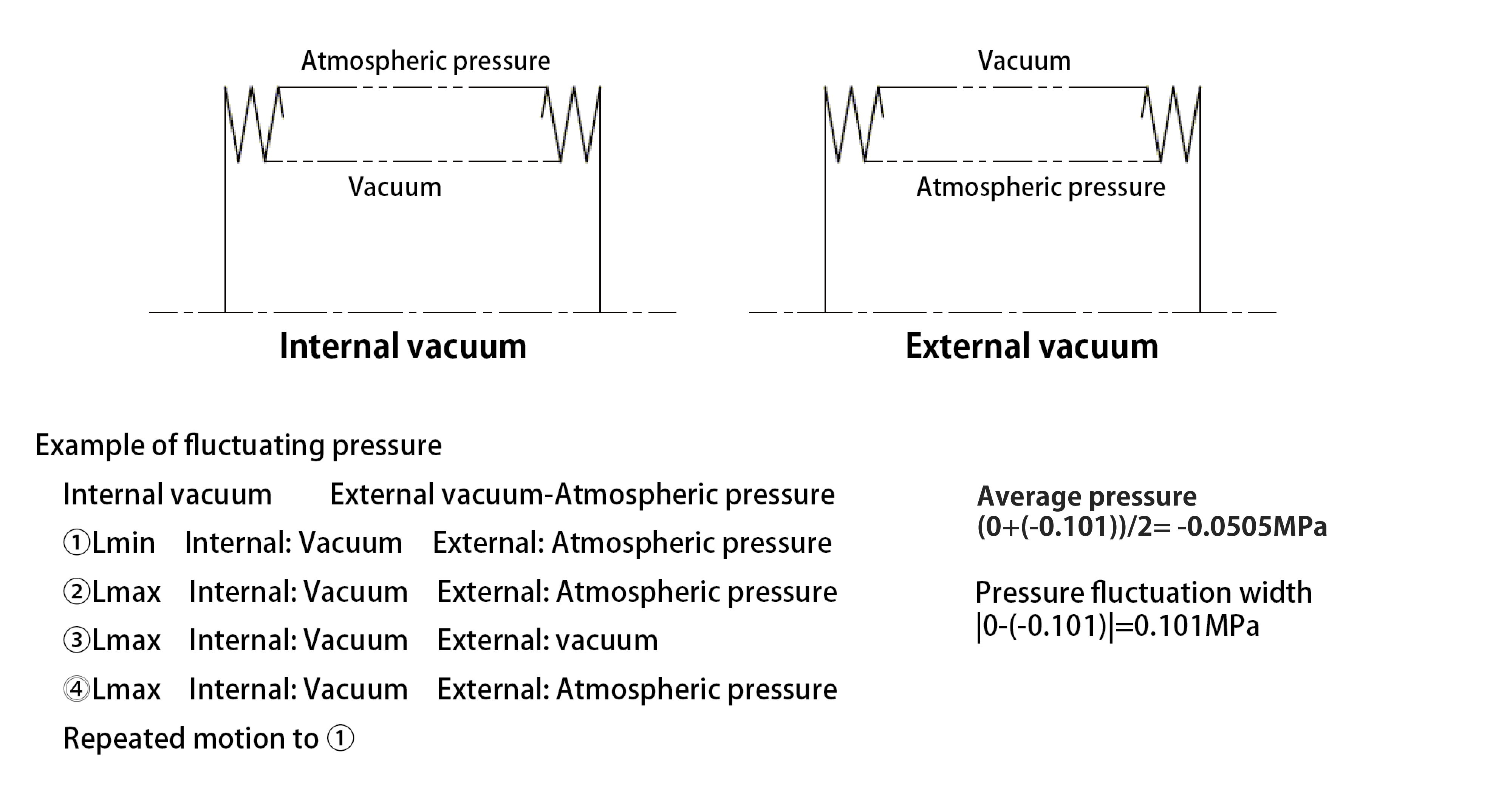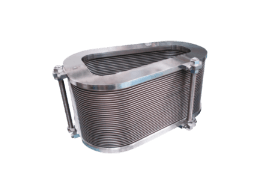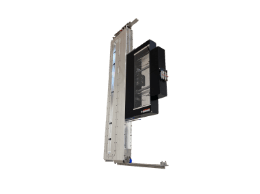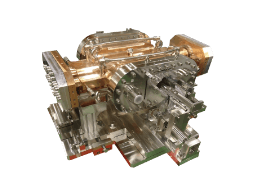- HOME
- HOME
- Technical Information
- Bellows glossary
- About usage environment
About usage environment
Even identically shaped bellows will vary in performance if they are used with different shapes.
Terminology related to the environment that will affect a bellows performance is shown.
Pressure types

※左右にフリックしてご覧いただけます。
| Name | Description |
|---|---|
| Internal vacuum | Conditions under which the inside of bellows is vacuum and the outside is atmospheric pressure |
| External vacuum | Conditions under which the inside of bellows is atmospheric pressure and the outside is vacuum |
| Internal pressure | State in which a pressure higher than the outside of bellows is applied to the inside, or its pressure |
| External pressure | State in which a pressure higher than the inside of bellows is applied to the outside, or its pressure |
| Equal pressure | State in which equal pressure is applied to the inside and outside of bellows * Normally, both the inside and outside are atmospheric pressure in this state * This state is frequently used during maintenance |
| Fluctuating pressure | Pressure changes in operating cycle, which greatly affects life performance depending on condition * There are cases when it occurs at the time of stop bellows or due to volume changes caused by expansion/contraction, etc. |
| Average pressure | Average pressure in the case where fluctuating pressures are applied; assuming that the external pressure is negative and the internal pressure is positive: (maximum pressure + minimum pressure)/2 |
| Pressure fluctuation width | fluctuating pressures are applied; assuming that the external pressure is negative and the internal pressure is positive: |maximum pressure - minimum pressure| |
Usage environment (other than pressure)
※左右にフリックしてご覧いただけます。
| Name | Description |
|---|---|
| Working temperature | Temperature at which the bellows is used, the characteristics of which are dependent on the materials used. With increasing temperature, the life performance deteriorates. SUS304(L), SUS316(L) --- 500°C or less AM350 equivalent --- 450°C or less Hastelloy®C-22 --- 800°C or less |
| Baking | Treatment by raising temperature, which is commonly performed in the vacuum industry with a heater in order to remove moisture and impurities in vessels. The commonly-used temperature is about 100 to 250°C. |
| Working fluid | Gas, liquid, or vapor filled inside or outside the bellows. Corrosive fluid is taken into consideration when bellows material is selected. |
Glossary of bellows terms
Product Information List
Inquiry
For document requests and inquiries,
Please contact us using the email form below or by phone.



